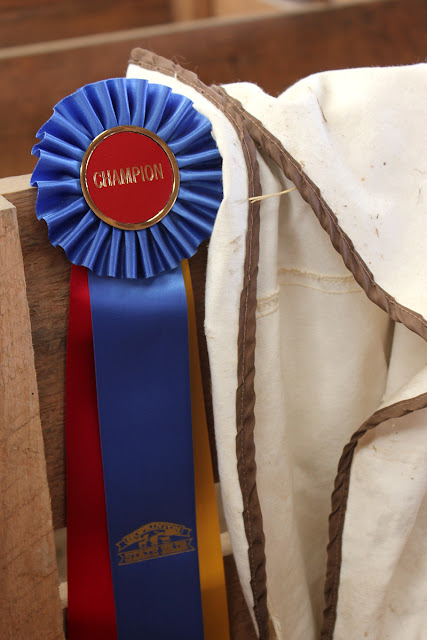The first time I remember being ***really*** excited about taking pictures was during a trip to Disney World with my family in 1975. I had a pocket camera that could be personalized with puffy stickers. Of course, I chose the flower sticker.
I impatiently waited for the film to be developed, saving up my allowance money to pay for developing costs. When I'd finally earned enough money to pick up the pictures, my father drove me to the pharmacy to pick up the photos. The clerk apologized to us and explained that most of the film had been ruined during processing. He gave me twice the amount of film, so I could "shoot something else instead." I wanted to ask him for a plane ticket back to Disney World, but bit my tongue. Even though the memories of the trip were still fresh in my mind and I had postcards of the most scenic spots, it just wasn't the same without prints of the images I'd shot. I wanted something that expressed ***my*** perspective of the trip, not Walt Disney's. People often ask me why I don't do wedding / event photography: I guess it's in part because I never want to make someone feel the way I did that day if something went wrong with the shoot or digital files.
I've Been on Both Sides of the Lens
I worked for several years as a magazine art director, commissioning and selecting images for publication. During that time, I began shooting my own pictures as a hobby. Once I started consistently producing work that was as good or better than that of the photographers I was hiring, I began to display and promote my own work. Shortly after that, I began receiving recognition and awards for my photography, which was great incentive to keep shooting, learning, and growing. Because of my background, I still edit my pictures ruthlessly today. (Something which I think is just as necessary as technical skill.) I'm fascinated by the sensuous quality of flowers and return to them again and again as a subject matter, no matter how much I try to branch out in other areas.
In 2009, one of my floral photographs was selected to be displayed in the Smithsonian Castle in Washington, DC. Of course, my husband and I flew down to see it, because we thought it was kind of a big deal. I had high hopes of becoming the Georgia O'Keeffe of photography. A quick Google or Pinterest search shows that I have an awful lot of competition. Today, my goals are different, but jsut as ambitious: create photographs that people are proud to display in their homes and workplaces and which they think bring value and pleasure to their lives.
I've also studied certain types of image-taking that strive to take the photographer out of the picture, so to speak, "to create an immediate sensory experience." While I think this foray was an interesting intellectual exercise, it made me recognize and reaffirm that photography is a conversation between the artist and the viewer. No meaningful dialogue can occur when one party vanishes. It's the interaction that helps brings humanity to one of the most mechanical art forms.
It's All Good
Unlike many other photographers, I don't see the ubiquity of digital cameras and smartphones as a death knoll for photographic artists. Rather, photography is becoming a part of everyday life (as it should be.) It's a medium that's easy to relate to. Also, most people know when it's time to call in the pros: for an important event, for large-scale wall art, etc.























































